Archives
Choosing a Fixed Blade Survival Knife: Part 3
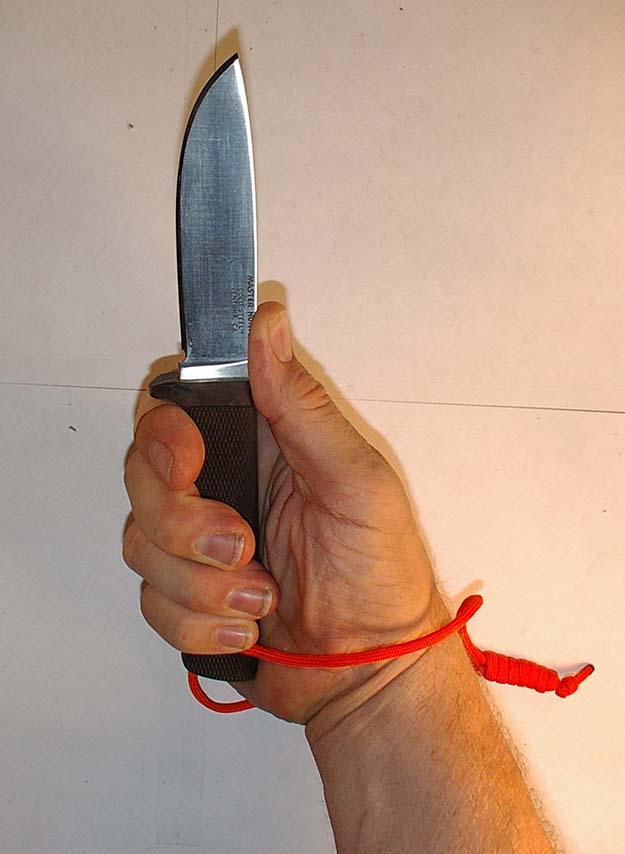
(For our previous articles on choosing a fixed blade survival knife, click here and here.)
Now that we have a grasp on what makes a good (or not so good) survival knife, we are faced with choosing one. This can be a challenge as there are so many possibilities out there, some very good, some awful, and a wide spectrum in between.
Choosing a Fixed Blade Survival Knife
There are two primary approaches, both of which have their benefits and difficulties. One way is to go out to “where the knives are” and see what appeals to you.
This has the benefit that you can tell right away what “feels right” and what “does not work” for you. The down side is lack of knowledge. Appearance and feel are important in the choice of a knife, but what you can’t see or feel may turn out to be more important.
Furthermore, is the price a good value or are you being “ripped off”? So the other option is to research the field, gather knowledge, and come up with some possibilities to search out for the “look and feel” test, and to be able to bargain effectively.
Here the problem is you can only find out what you can find out. You may experience that half your knowledge turns out to be models which are undesirable in person.
And over there in the corner, is the “perfect” knife you don’t even consider because it did not turn up in your research. There is actually a “third” approach, where you search in person, then research those which appealed, then attempt to acquire the “winner”.
This is effective, but leaves you open to missing out on “one time” opportunities.
Other Knife Types
When searching for knives, it is likely you will encounter knives that do not fit into either the bush or field class. In the previous parts of this article, we pointed out the deficiencies of knives shorter than 4″ and longer than 12″.
When searching for knives, you are also likely to run into very nice knives 6″ to 9″ long. Be aware that these may be a bit big for bush knife tasks, and not as good at chopping as a field knife.
This does not mean you must reject a knife that is neither field nor bush out of hand; just be aware of the downsides of such a choice.
Price
Every knife has four prices. There is the “list” price, which the manufacturer sets and which is generally easy to find out. It is primarily a guide to where in the product spectrum the manufacturer thinks (or wants) the knife to exist.
Then there is the “street” price, which is what you can actually get it for, and is largely set by supply and demand. This is usually less than list price, but occasionally it is list price, or for something which is in great demand and limited supply, higher than list price.
You can generally find a range of values for this by looking at a number of dealers, local and online; the more rigorous your search and the more patient you are, the more likely you will find the lowest version of this. Next is the “intrinsic value”.
This is what the knife is really “worth”, and it is based on the cost of design, materials, labor, and expenses to make and deliver the knife. It is likely you cannot find out what this is; just be aware that usually nobody will sell you a knife for intrinsic value.
Generally, the selling price includes some or all of “branding” (a value based on the name brand), “hype” (additional cost imposed to profit from some feature of imaginary value), advertising (expenses involved in getting people willing to buy) and “profit” (for everyone who was involved in making and selling the knife to you).
Since there is essentially no way to know the intrinsic value, make an effort to avoid the things that inflate the knife’s cost significantly. A good brand name is worth something, but it won’t butcher your hog.
If you find a brand whose prices seem much higher than another brand with similar products, they may be charging “too much” for the name. If you see a bunch of flashy ads, it is likely the price includes a large chunk to pay for that advertising.
Hype may not be a factor, as the features described in these articles are pretty standard and classic. Finally, having the fewest possible organizations between you and the manufacturer keeps the amount of profit paid under control.
Generally, your best price will be from an independent dealer, with minimal expenses, who bought directly from the manufacturer.
But that is only three prices. The last, and most important price is the “practical” price, or what it is worth to you, modified by what you can afford. This, only you can specify.
A knife that fits you like a glove and does everything you could want it to would be worth more to you than a knife that fits okay and will do much of what you want it to.
But if you don’t have enough money for a better knife, buying it may do you more harm than good.
If the mortgage doesn’t get paid, or you don’t have food on the table, or you don’t have enough left for other important survival gear, that “perfect” knife may cause more problems than it will solve. A good quality, adequate knife that you can afford may be a better choice.
Possibilities
Just to show you what you are up against, I did a quick check on what seems to be available. Note that just because a knife appears on this list, it is not necessarily a good choice for survival.
The only criteria for inclusion were 1) the blade length was appropriate, and 2) the picture “looked like” it might be good for survival usage.
The knife may well NOT be a good choice upon further research; for instance, there was one very nice looking field knife that did not make it on this list because the blade thickness was listed right next to the length, and I just happened to note that it was only .1″ thick; unacceptable in a field knife.
On the other hand, just because a knife is NOT on this list does not mean it would not be an excellent survival knife.
I certainly did not find every knife manufacturer, and even for those I did find, I may have missed a suitable model or ignored the company due to extreme price (such as Puma, whose U.S. site offered its models in the $400 to $1400 range; it would be cheaper to import them from Germany) Some of the web sites had ineffectual search or filter mechanisms, which means I had to scroll through pages of pictures in search of likely looking ones, and some manufacturers use the same title for widely differing knives, so I may have included a title which has some models not suitable, or left off a title which does have a suitable model.
So take this list with several grains of salt, talk with friends to see what they recommend, visit stores and shows, and search online for reviews and comments.
Possible Bush Knives
- Benchmade
- Bushcrafter
- Nimravus
- Saddle Mountain Skinner
- Saddle Mountain Skinner with Hook
- (field) HK Feint
- (field) Jungle Bolo
- BokerArbolito Buffalo Scout
- Arbolito Buffalo Scout
- Magnum Elk Hunter
- Browning
- Ignite
- Buck
- Buck/Hood Punk
- (field) Buck/Hood Hoodlum
- Camillus
- CK-9
- Les Stroud Fuerza Large
- CKRT
- (None)
- Cold Steel
- Master Hunter
- Master Hunter Plus
- 3V Master Hunter
- SRK
- SRK VG1
- SRK San Mai III1
- (field) Trailmaster
- (field) Gurka Kukri
- (field) Gurka Kukri Plus
- Doug Ritter
- RSK MK2
- RSK MK3
- ESEE
- ESEE-4
- ESEE-5
- Laser Strike
- (field) Junglas
- Fallkniven
- S1
- Gerber
- Bear Grylls Ultimate Pro
- Big Rock
- Freeman
- Gator
- Ka-Bar
- Becker BK-2 (Companion)
- Becker BK-10 (Crewman)
- Becker BK-16 (Short Drop Point)
- (field) Becker BK-9 (Combat Bowie)
- (field) Becker BK-4 (Machax)
- Kershaw
- (field) Camp 10
- More
- Bushcraft
- Companion Heavy Duty
- Ontario
- Afghan
- RAT 5
- TAK 1
- (field) RTAK 2
- (field) SP 50
- Schrade
- Extreme Survival
- Frontier
- SOG
- Aura Hunt
- Field Pup II
- Force
- NW Ranger
- Spyderco
- Bushcraft
- Serrata
- Temperance 2
- TOPS
- Cochise
- H.O.G. 4.51
- Idaho Hunter
- Onpoint Tactical
- Viper Scout
- Wilderness Guide
- (field) Power Eagle 12
Knife reviews
These can be very helpful in evaluating the “unseen” aspects of knives. Manufacturers and sellers of knives often have reviews on their sites which can be useful. Keep in mind the possibility that such reviews can be “slanted”.
There are a lot of other reviews on the internet, both written and video. Do searches for the models you are interested in. And stay tuned to Survival Life, for individual knife reviews from me and other bloggers here.
Keep in mind that in every case, a review is the OPINION of the person or persons doing the review, which may or may not be relevant to YOUR reality. It is best to take several reviews and “average” them to get a truer view than you can get from just one review.
Fit
The final aspect of choosing a knife is dependent on you; that is how it fits you. Your hand is very likely different from the hand of the person next to you, and a knife that works well for you may not work as well for them, and vice versa.
You need to make sure that your knife fits you. If it is “too small”, you won’t be able to hold it comfortably and securely, and this will mean you won’t be able to use it as effectively.
If it is “too big” or the “wrong shape”, again, it may not be comfortable, secure, and/or effectively useable.
If the grip is pretty much straight, and long enough for your hand, the actual length is less critical. However, if there is a guard at the front and a “hook” at the pommel end, now you have a specific length that needs to match the width of your hand.
If the grip is contoured, then the contours must match up with your hand. And the thickness of the grip needs to be appropriate for the length of your hand.
The simpler the grip, the more universal it will tend to be. The more “custom” the grip, the better or worse it can be for you.
Grip styles
When talking about fit when holding a knife, we need to be aware of HOW the knife is being held. There is no “right” way to hold a knife, but there are “appropriate” ways hold it for each particular usage. Grip styles to be familiar with are:
Hammer grip – The knife edge is facing away from the palm, and the fingers are wrapped around the grip as if you were holding a hammer. This is often used for chopping tasks.
It is instinctive, powerful and secure, but not overly flexible and may not provide maximum control.
Saber grip – This is like the hammer grip, but instead of being wrapped around the grip, the thumb is on the back end of the spine, or on the grip behind the upper guard.
This is used for many tasks which require the strength and/or guidance the thumb can provide; it is preferred by some knife fighting styles. It is more versatile than the hammer grip, but less secure.
Filipino grip – This is like the saber grip, except the thumb is much further out along the blade. This is generally not practical if there is an upper guard, and is used for fine control during some cutting tasks.
Choke grip – This is exactly like the hammer or saber/Filipino grip, depending on where you put your thumb, except the hand is moved forward so the forefinger is in front of the guard. It requires the knife to have a finger choil, and is used for control of precision cutting tasks.
Sideways grip – Sometimes called the “modified saber grip”, this is similar to the saber grip, but with the knife rotated 90 degrees inward (clockwise for the right hand, counterclockwise for the left hand).
It is a slashing grip, good for tasks like harvesting grass or grain and preferred by some fighting styles. It is not a particularly secure grip, but it is fairly flexible.
In order to reduce the chance of the hand slipping forward onto the blade when stabbing, see if you can nestle the pommel into the palm of your hand by holding it a bit further back.
Upside down, “FGEU” or “draw” grip – This is the hammer grip, with the blade rotated 180 degrees so it is facing the palm, technically called a Forward Grip, Edge Up.
This grip is used when you want to pull the knife towards you or upwards rather than the more usual pushing it away or downwards. Since the blade is facing towards you, this grip should be used with caution, as a slip can result in you cutting yourself.
Reverse, “RGEO” or “ice pick” grip – This is the hammer grip, but with the blade extending downwards from the hand rather than the normal upwards, technically called a Reverse Grip, Edge Out.
The edge is still facing away from the palm. This is primarily a “stabbing” grip, and is generally not used for much except for certain styles of fighting.
A variation of this is to move the thumb over the end of the pommel to give stabbing movements a bit more oomph.
Make sure that the knife fits you well using all of these grip styles that are appropriate for the knife you are evaluating.
Want to know more? Check out these related articles:
- How to Choose a Survival Knife
- Buck/Hood Punk Fixed Blade Survival Knife Review
- The Best Survival Knife Ever Made? | SCHF9 Review
- Follow us on Facebook, Instagram, and Pinterest!
Disclaimer: All content on this site is for informational purposes only. Please read our full disclaimer here.
Editor’s Note: This article was originally published in July 29, 2015, and has been updated for quality and relevancy.
-

 Do It Yourself7 months ago
Do It Yourself7 months agoParacord Projects | 36 Cool Paracord Ideas For Your Paracord Survival Projects
-

 Do It Yourself9 months ago
Do It Yourself9 months agoHow To Make Paracord Survival Bracelets | DIY Survival Prepping
-

 Do It Yourself9 months ago
Do It Yourself9 months ago21 Home Remedies For Toothache Pain Relief
-

 Do It Yourself10 months ago
Do It Yourself10 months agoSurvival DIY: How To Melt Aluminum Cans For Casting
-

 Exports8 months ago
Exports8 months agoAre Switchblades Legal? Knife Laws By State

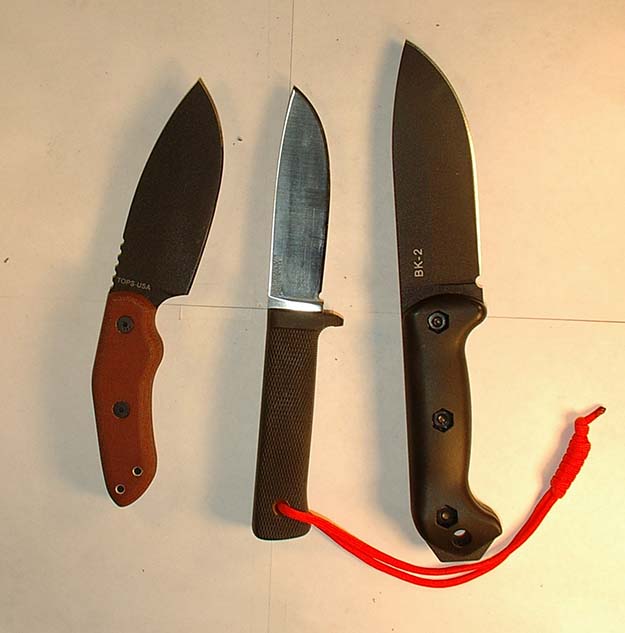
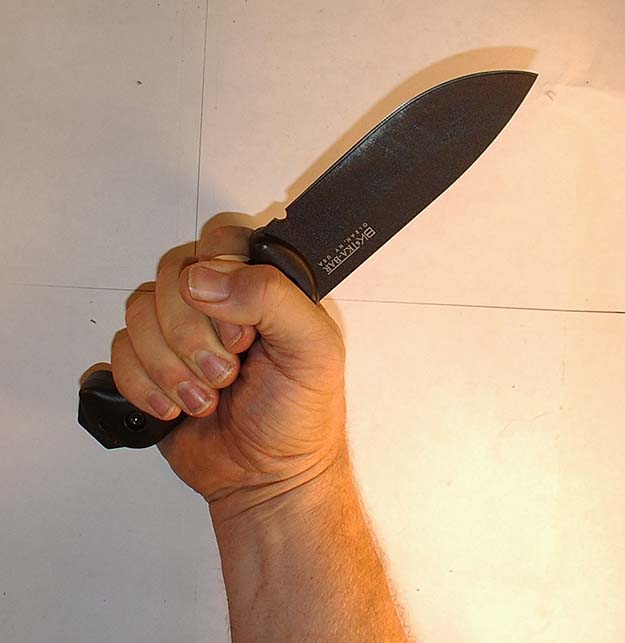
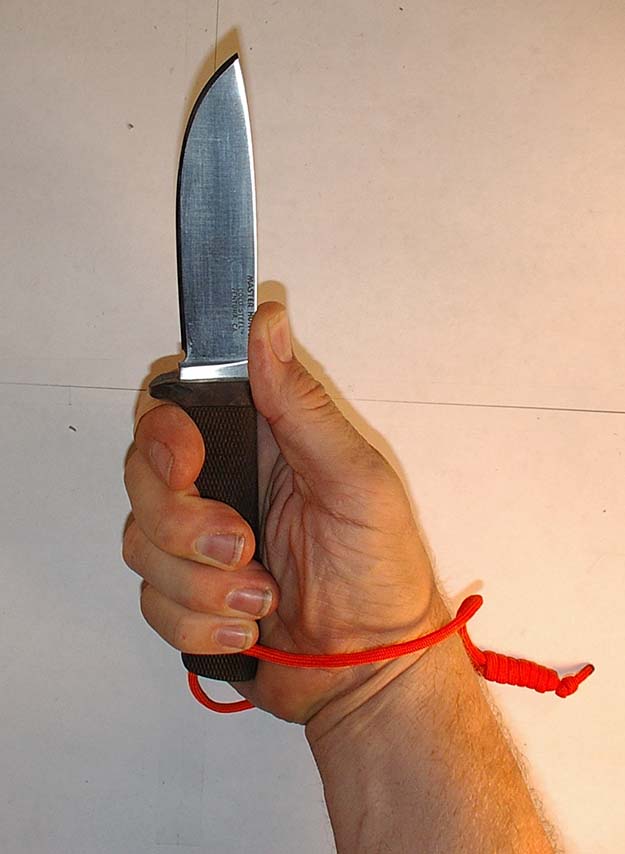
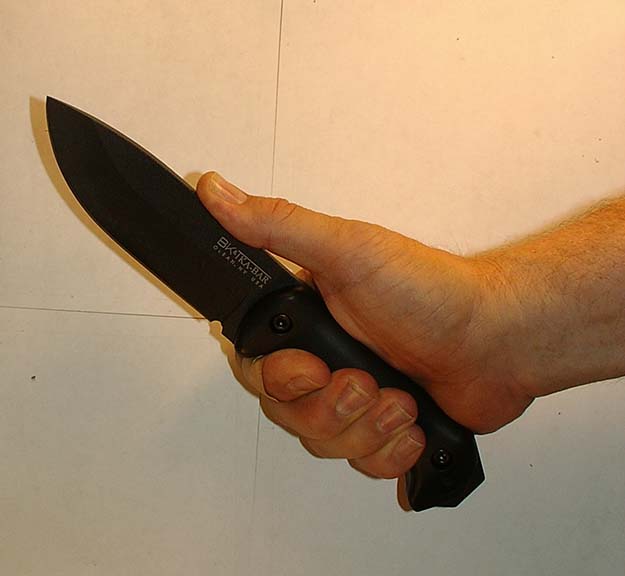

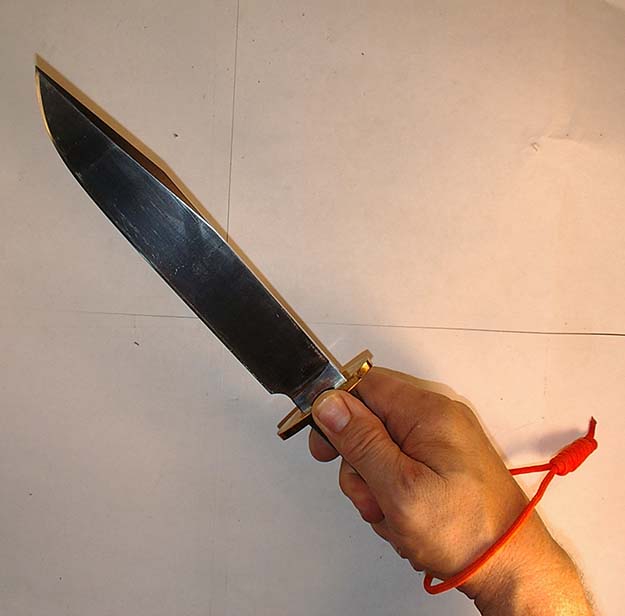
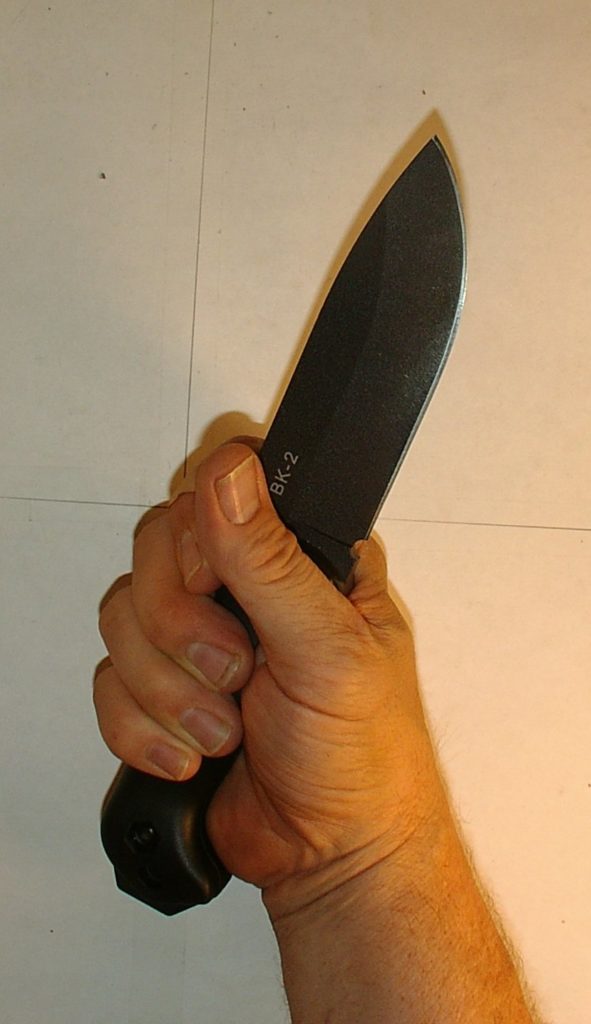
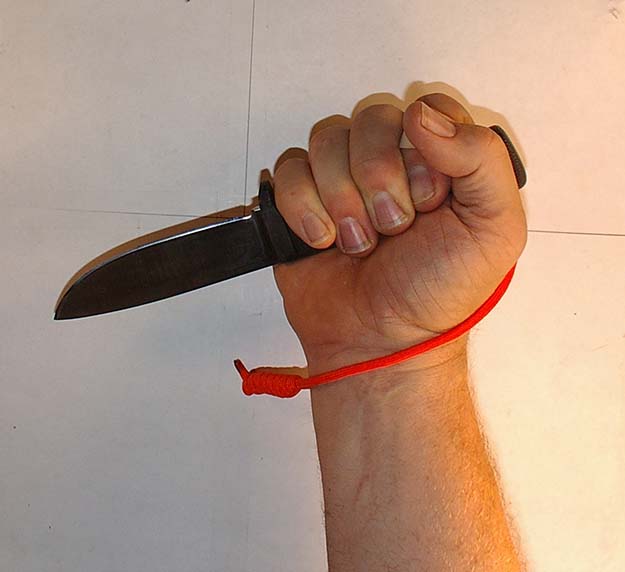






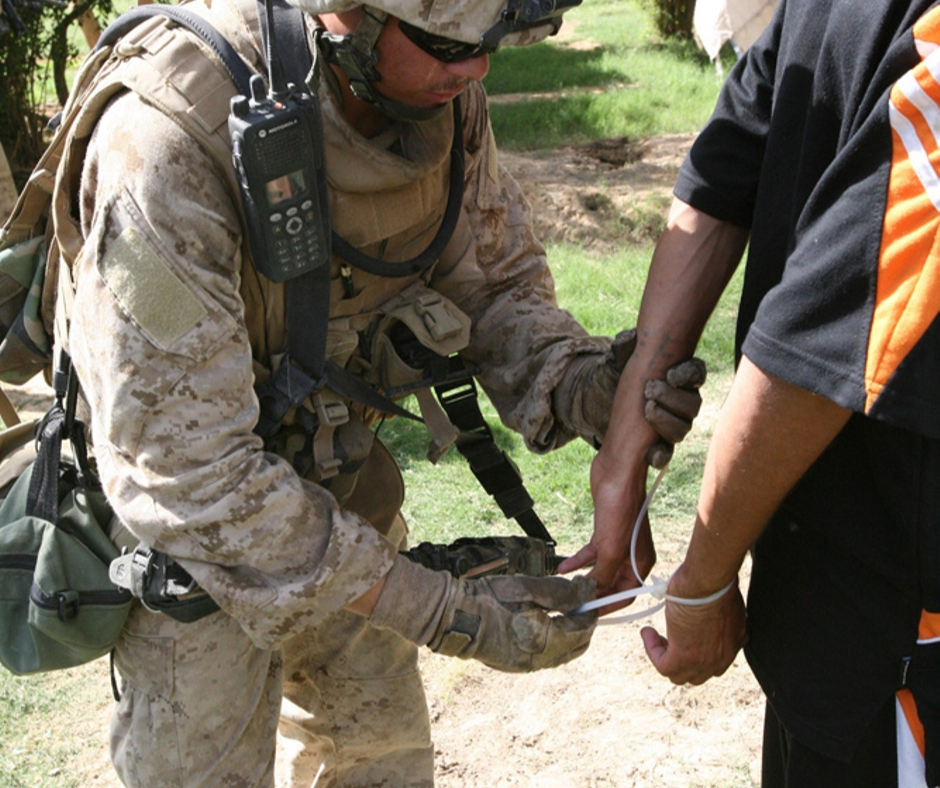

Pingback: Free Piano
Pingback: Choosing a Fixed Blade Survival Knife (Part 2) | Survival Life
JC
December 13, 2016 at 10:56 AM
WTF?! Colombia River Knife & Tool, (CRK&T), has a WIDE RANGE of HIGH QUALITY, ABOVE AVERAGE KNIVES, and you CLAIM, you could find NONE worth CONSIDERATION?!?!
I have been “in to”, Outdoor Life,and “SURVIVAL” long before the term “Prepper”, was invented, and that sounds “PERSONAL”! to me…
Everyone has “opinions”, but “vendettas” & “grudges” have NO PLACE in an article presented as advice for “newbies”, as “Balanced”, “Knowledgeable”, and “Unbiased”, “Advice”, for the acquisition of tools & other equipment that could conceivably cost the life of themselves, or loved ones…
For me, THAT one “POINT”, just cost YOU, ALL of your “CREDIBILITY”, as far as I am concerned.
Pingback: HK Feint Fixed Blade Knife Benchmade Review | Survival Life
Pingback: 140 Nimravus Benchmade Review | Survival Life
Pingback: Jungle Bolo Benchmade Review | Survival Life
Ralston Heath
August 1, 2018 at 9:25 AM
While there are many many makers and sellers of knives, the best way I have found to acquire a good knife is the yard sale and the flea market. Sure you can do the online thing, but you only know what you are getting from a picture. I have bought knives online, and then had to do some modifying to make it fit my hand, sometimes even making a new handle altogether.
While yard sale knives need work to bring it back to life (like derusting, smoothing nicks, etc) they are usually the best deal. Very little money, and a bit of work to make the knife “personalized” usually makes you fond of the knife and you use it the most.
I have broken quite a few knifes, some while doing normal work, others when taking it to extreme work. So I always look for the thicker blades. I also try to get general use blades rather than specialized blades. Sure it is easier to fillet your fish with a filet knife, but that filet knife will not make a fuzz stick and tinder for starting your fire to cook the fish. I try to not carry “too much” when I am wandering, so an extra knife that only has one purpose is not one of the things to carry.
The main purpose of a knife is to do work. I use mine mainly for camp chores. So the knife has to process wood, dig out roots, harvest plants, prep food, cut rope (and other materials), process game, and move things you don’t want to touch with your hands, ( like centipedes out of your tent). Then you have to ask yourself what is the best blade for all this?
As for which manufacturer makes the best blade, that is a subject that is very hard to cover. Ask 100 people and you will get 99 different answers. The list above is less than a quarter of the various makers of knives. It must be a very hot market to have so much competition.
If you are just starting your adventure into the world of knives, find someone who knows a thing or two and learn from them. Add in your own experiences, and your knowledge from reading, and you will find you like a certain style better than another. Just remember; whether you are in the middle of nowhere, or just down the road, you will use the knife you have with you, not the one in the display case at home.
Pingback: 5 “Knife Fighting” Myths (That Need To Die) [PODCAST] – The Self-Sufficient Life
Pingback: 5 “Knife Fighting” Myths (That Need To Die) [PODCAST] - Cooking in Quarantine
Pingback: 5 “Knife Fighting” Myths (That Need To Die) [PODCAST] – SurvivalCove.com